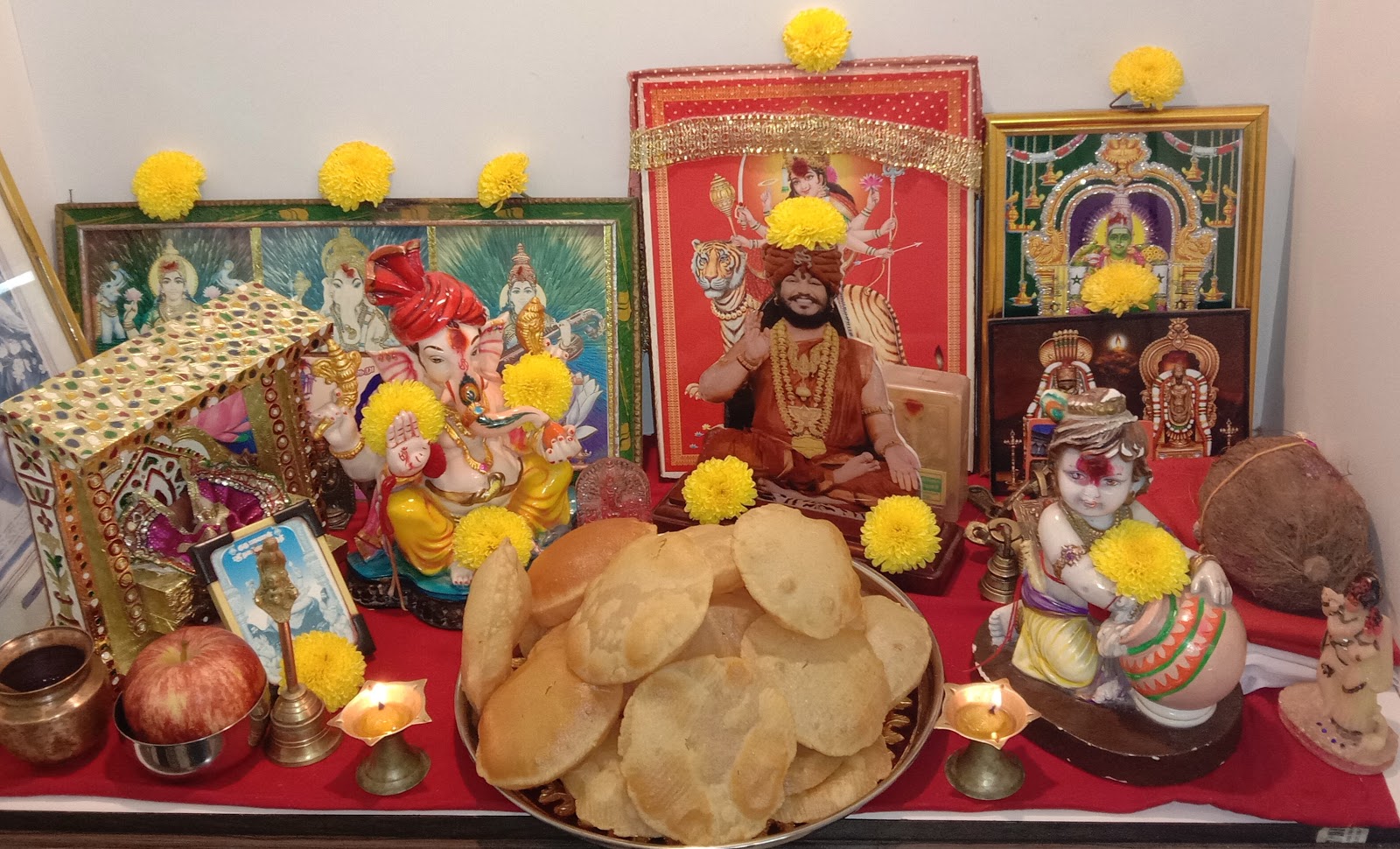Plain Poori| Saadha Poori
Traditional fried unleavened bread
The word ‘poori’ is derived from the Sanskrit word purika from the root word ‘pur” meaning ‘filled’.
Introduction
About this Recipe
Poori or puri – this immediately conjures up images of a simple yet delicious piping hot golden brown fluffed bread. It is a deep fried bread made from whole wheat flour or semolina and is largely associated with the subcontinent of India.
It is no surprise therefore, that it finds mention in the Bhaga Shastra, the oldest existing text on the science of cooking, come down to us from times immemorial, and rendered by Adi guru Paramasiva Himself.
Poori is eaten for breakfast or as a snack or light meal and is usually served with a savory curry or bhaji, popularly called puri bhaji, but is also eaten with sweet dishes.
Pooris are also served at ceremonial functions and festivities along with other vegetarian food offered in prayer as prasadam. The word is derived from the Sanskrit word purika from the root word pur meaning ‘filled’. Pooris are referred to as such in most Indian languages. Although in Bengali, it has a poetic delectable word luchi!
Pooris are prepared with atta or wheat flour, or sooji or semolina (coarse wheat flour). In some recipes, ajwain, cumin seed, spinach, or fenugreek seeds are added to the dough. The dough is either rolled out in a small circle and then deep fried in ghee or vegetable oil. While deep frying, pooris puff up like a round ball. When they are golden-brown in color, they are removed and either served hot or saved for later use.
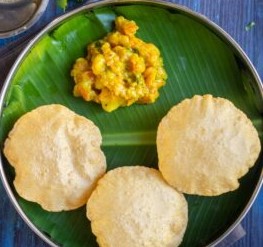
Bhagashastra Recipe Number – 331
- Preparation time: 15 mins, including making the dough
- Cooking time: 15 mins
- Total time: 30 mins
- Servings : 4-5 persons
- Course: Main course
- Cuisine: Indian cuisine
Ingredients
- Broken wheat or semolina 750gms ½ padi
- Ghee (for dough) 35 ml 1 palam
- Salt 8.75 gm ¼ palam
- Water or milk for forming the dough
- Ghee (to fry) 750 ml ½ padi
Preparation Method
Bhaga Shastra gives ingredient measurements in measurement systems used in the olden days. Hence please use the conversion guidelines below to convert it into modern measurement systems. When giving this recipe, we are not rounding any measurements in the modern units, so as to avoid any deviations from the Bhaga shastra.
Bhaga Shastra Units Conversion
1 Padi – 1500 gms or 1.5 kgs approx.
1 Palam – 35 gms approx.
1 R.e (Rupee Equivalent) – 4.8 gms appro
Cooking Method
- Take a vessel. Mix semolina, ghee and salt.
- Sprinkle water or milk then and there, and knead the flour into a tight dough.
- Apply ghee on top and knead the dough well.
- Make small lemon sized balls and flatten it like a papad, about 4” diameter.
- Heat ghee in a kadai and allow it to become hot.
- Drop the flattened round into the hot ghee and allow it to fluff up. If required pour ghee from the kadai on top of the poori while frying, to bring more fluffiness.
- Turn the puri to the other side and allow it to fry too.
- Remove the poori, when it turns golden brown.
- The flour used here to tap on top of these balls should be wheat flour.
- Follow the process till all the flattened semolina dough is completed.
- Pooris are now ready to be served as naivedyam.
Step by step instructions
1
Take a broad plate or bowl. Add the Semolina Flour.

2
Add Milk or Water.
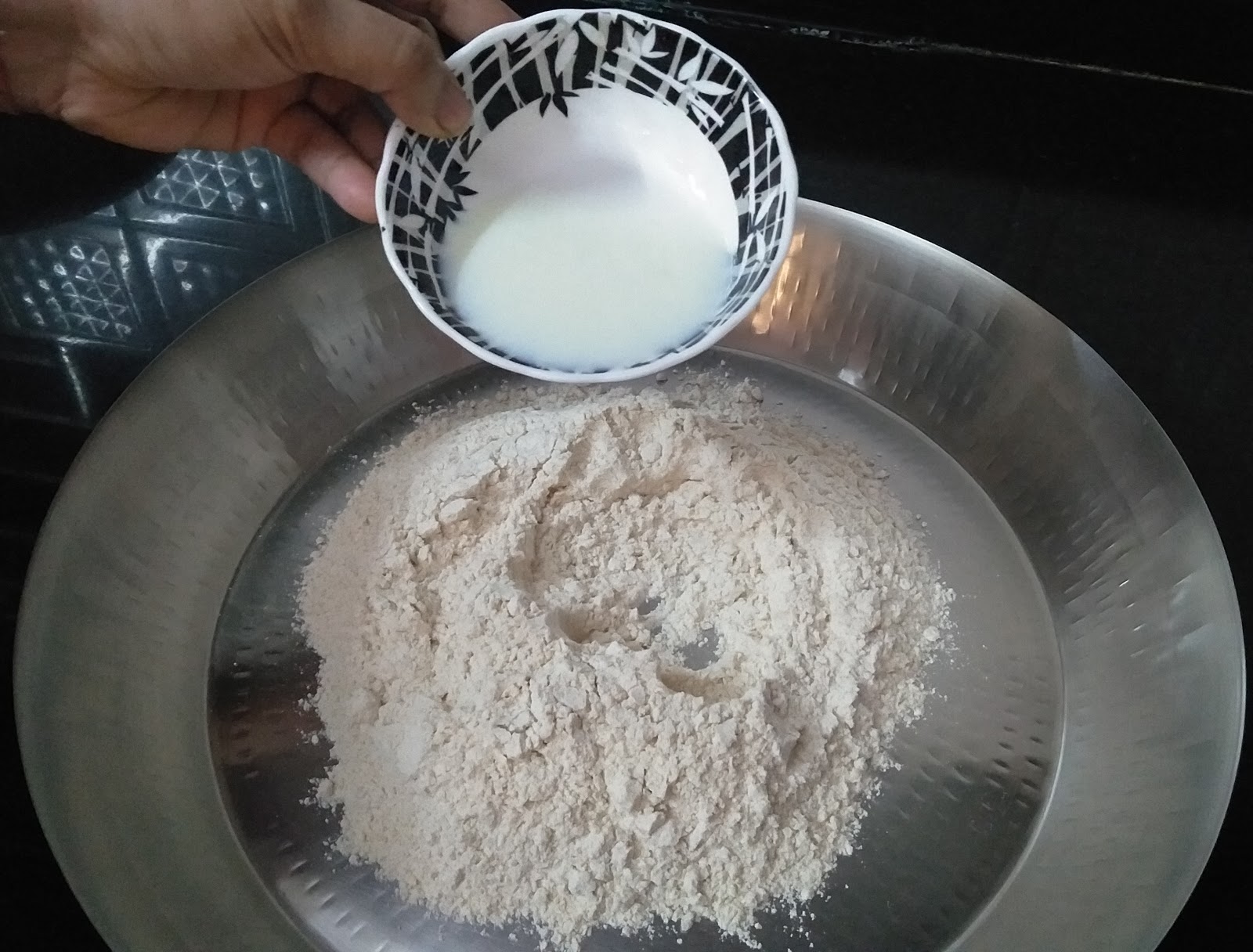
3
Add Ghee.
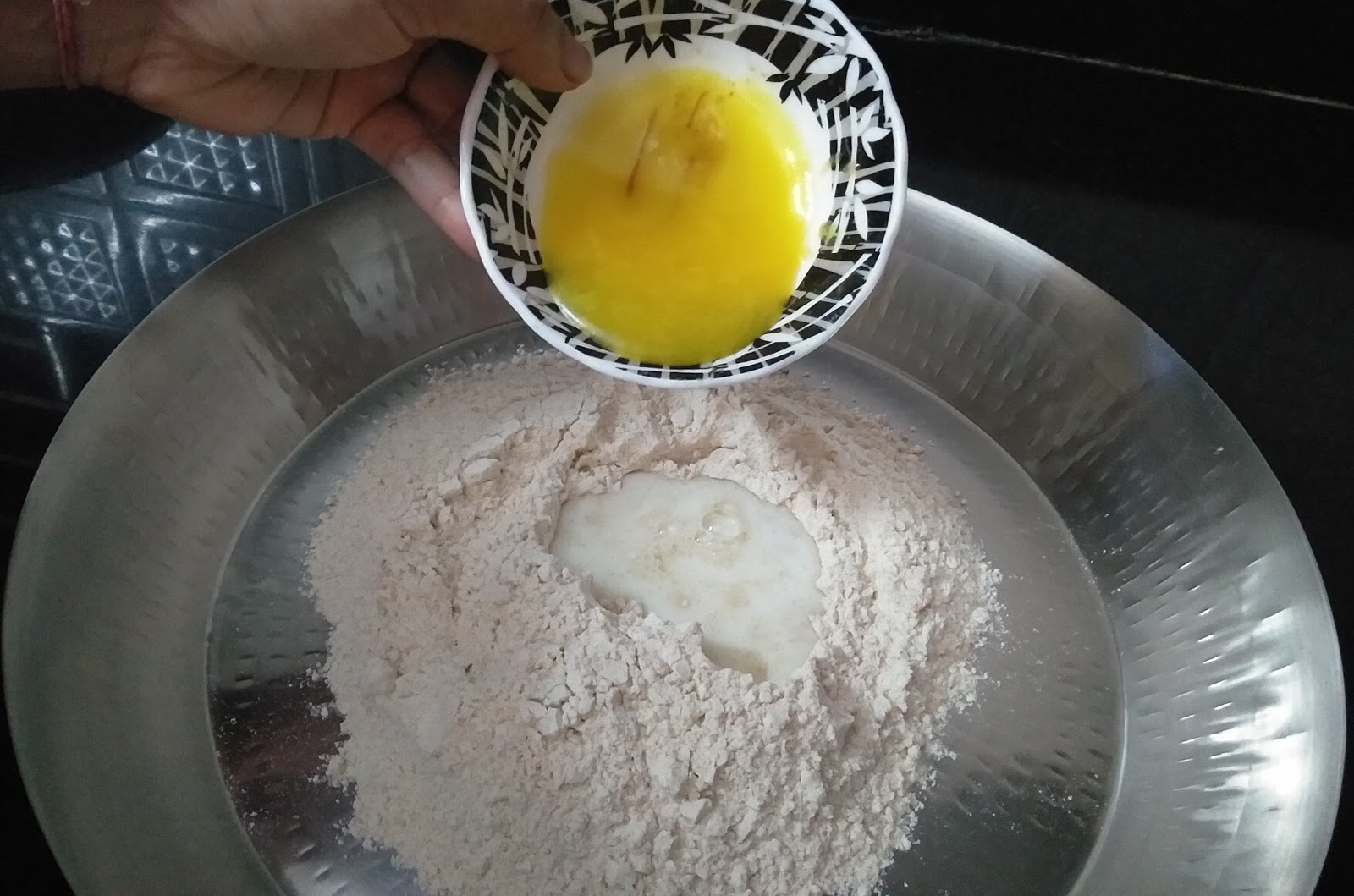
4
Add Salt.

5
Mould into a tight dough.
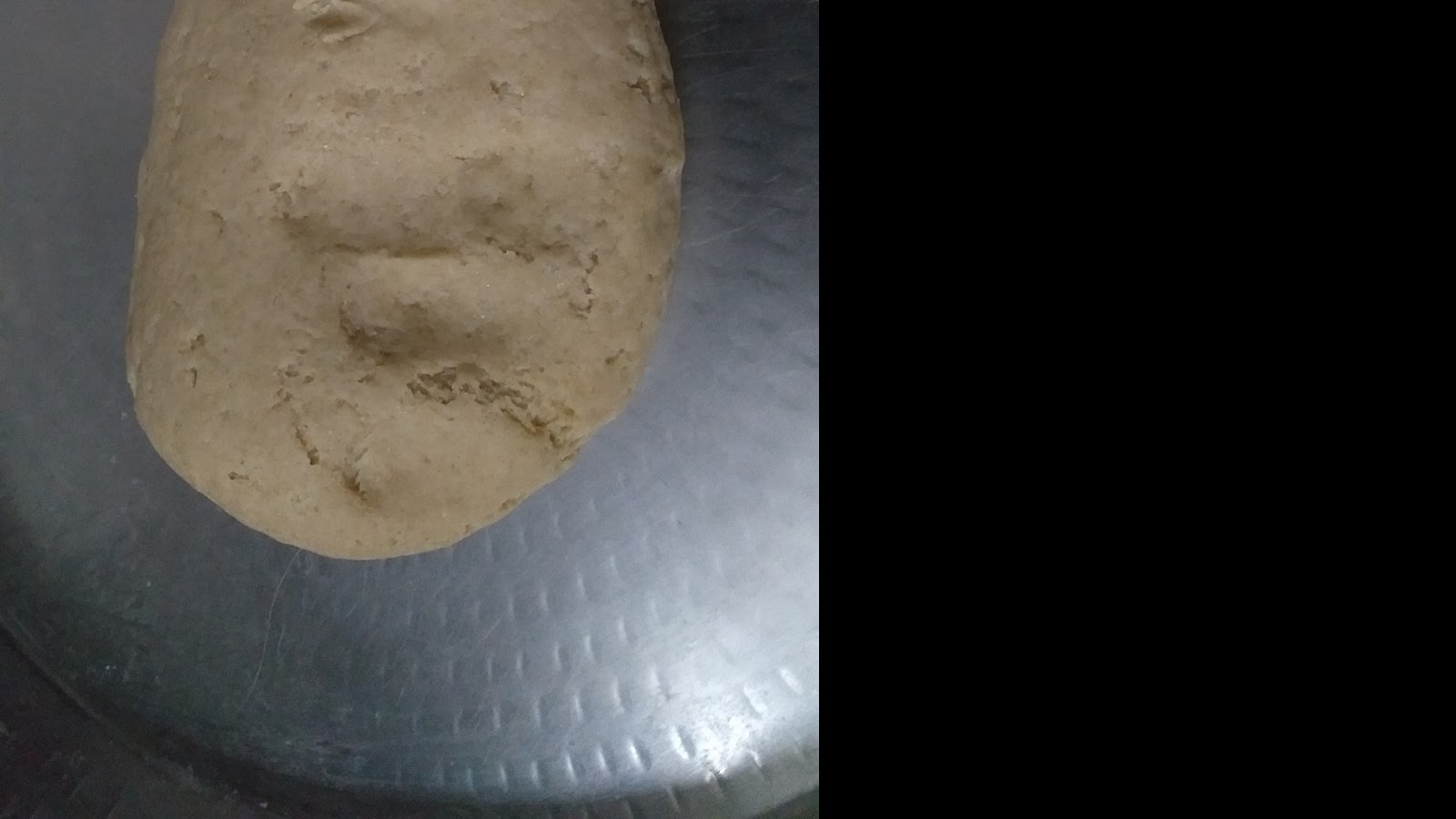
6
Make lemon size balls of the dough.
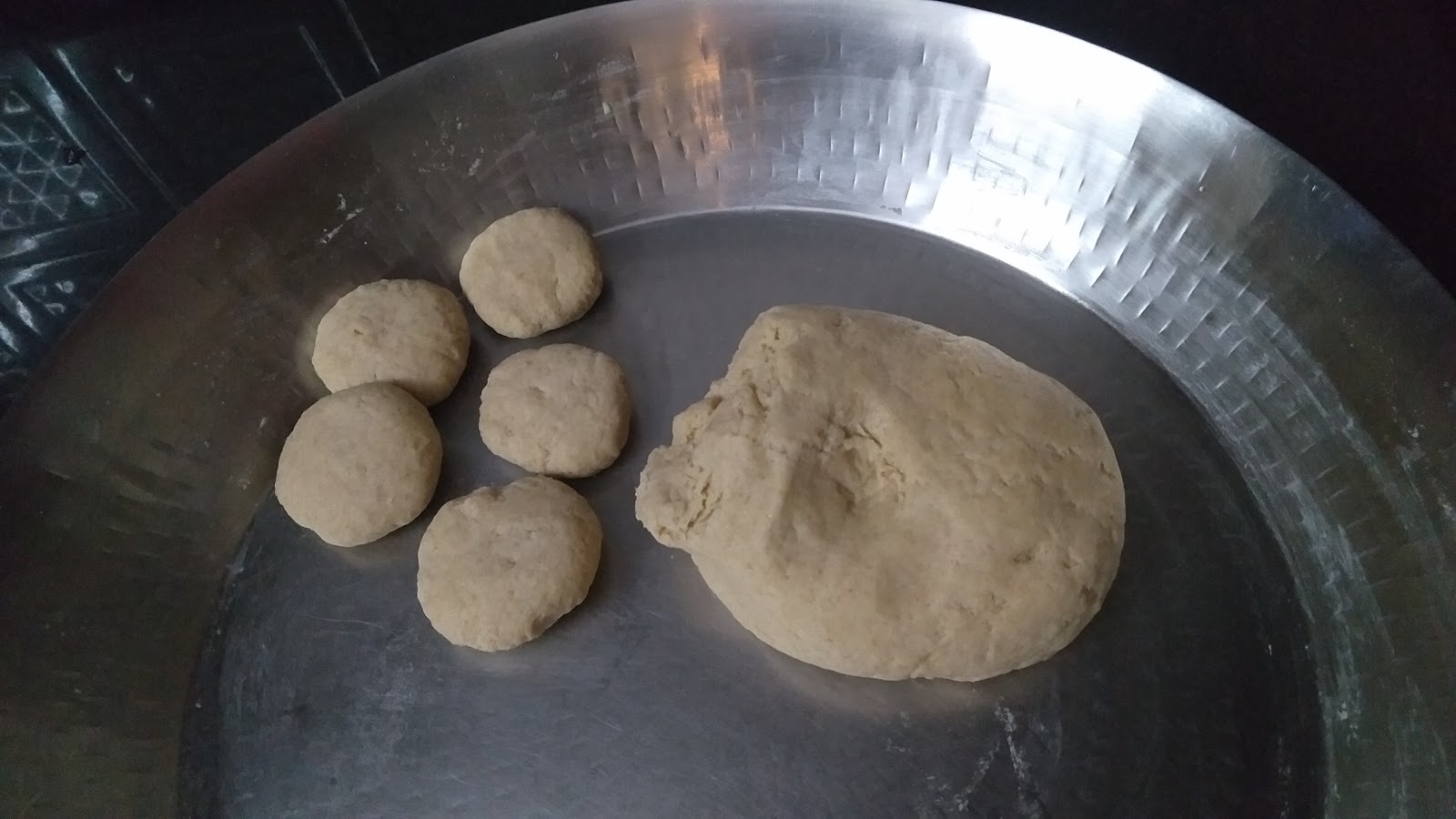
7
Roll them into papad like round shape, about 4 inch” diameter.
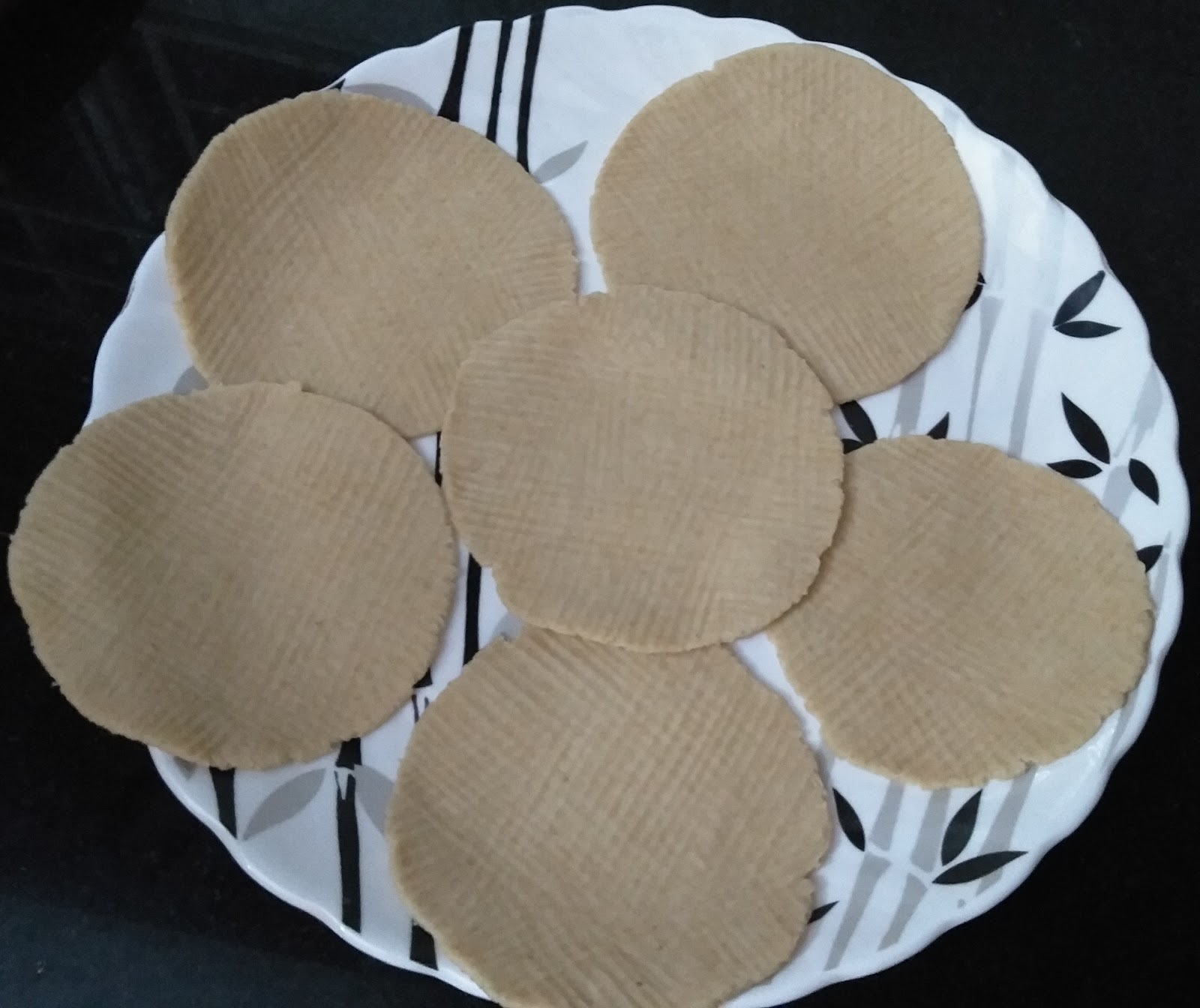
8
Place kadai on the stove and put the ghee into it.

9
Once the ghee is heated up,
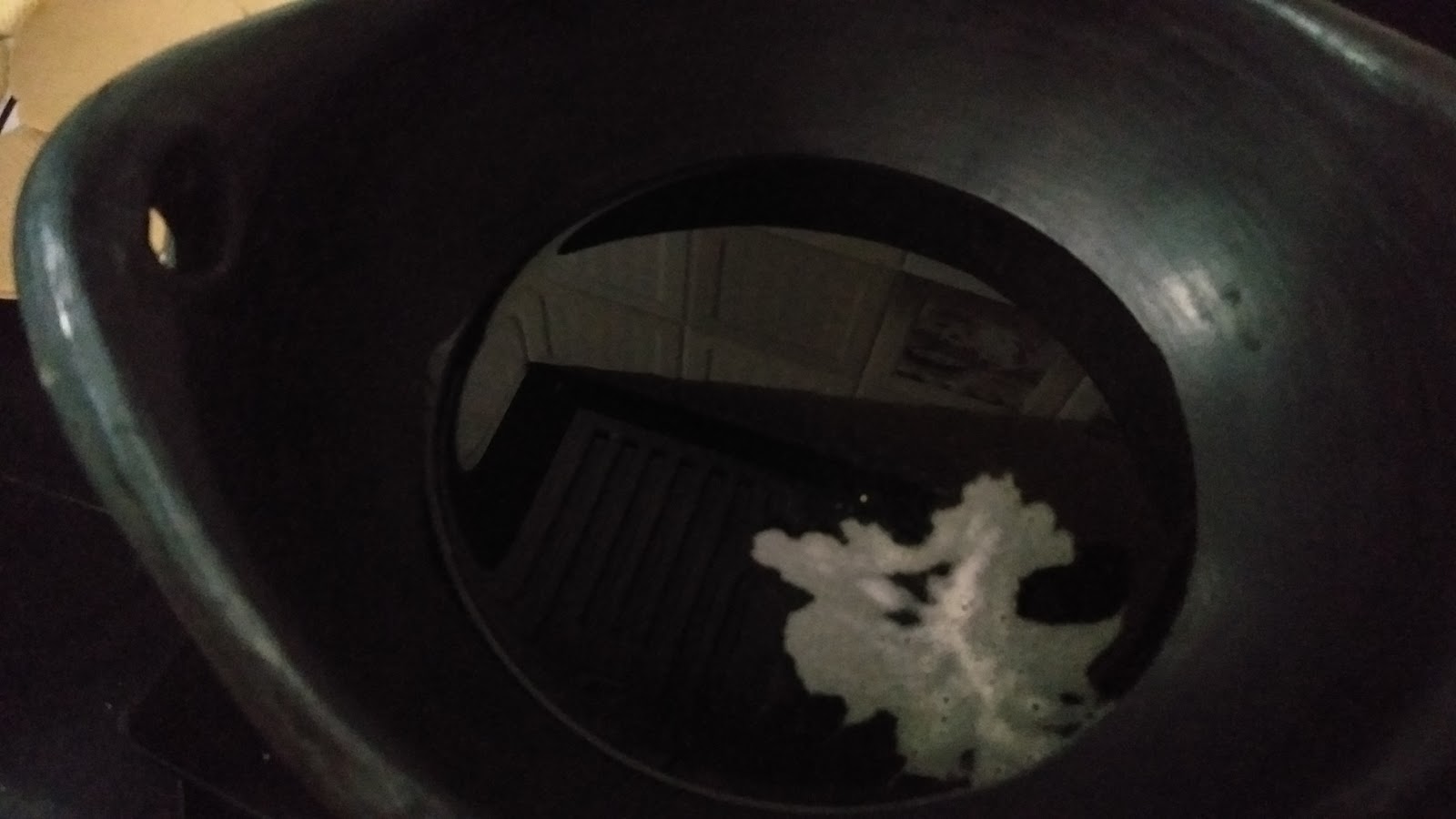
10
Drop the rolled out poori, one at a time.
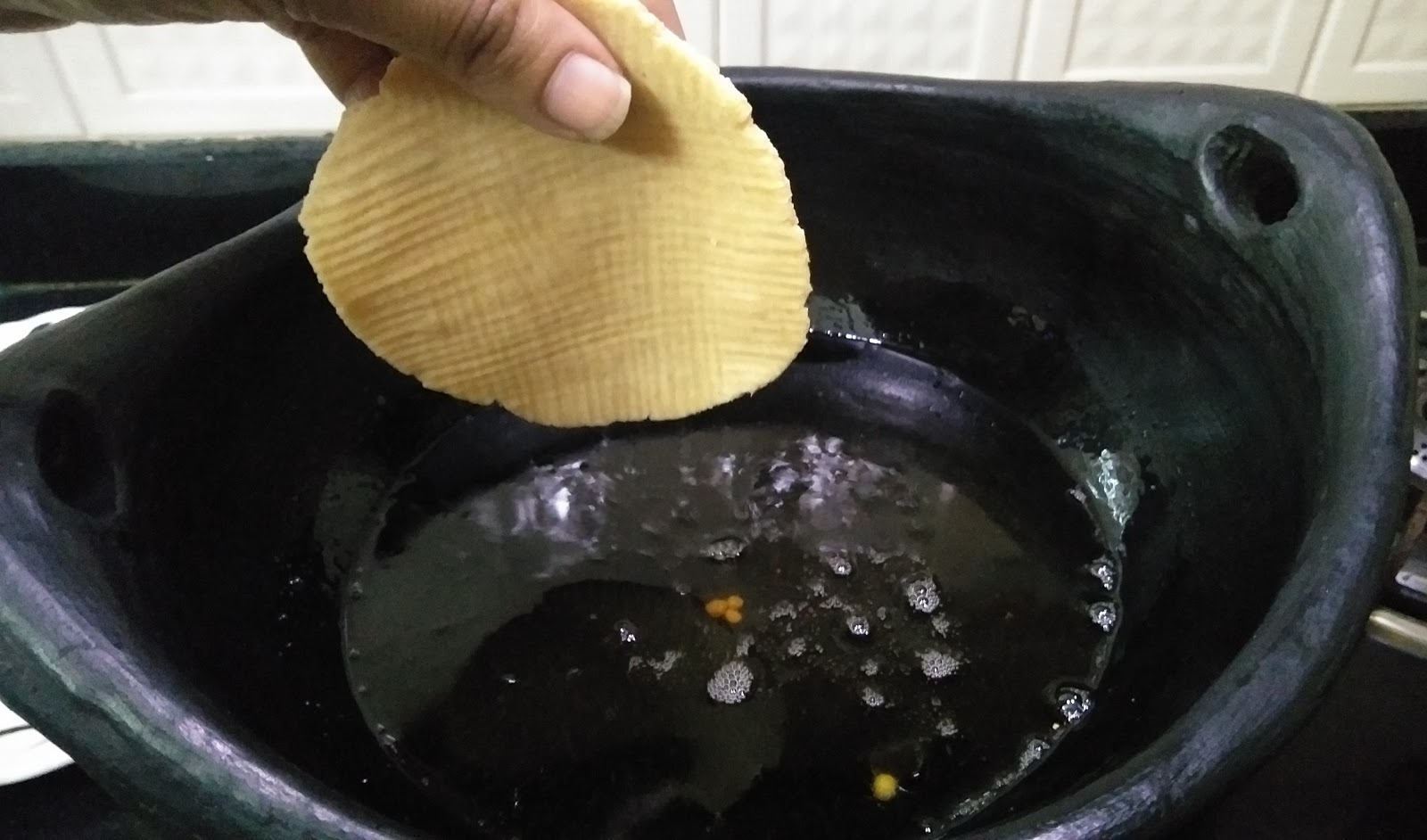
11
The poori will fluff up, turn over to fry the other side too, to a golden brown.
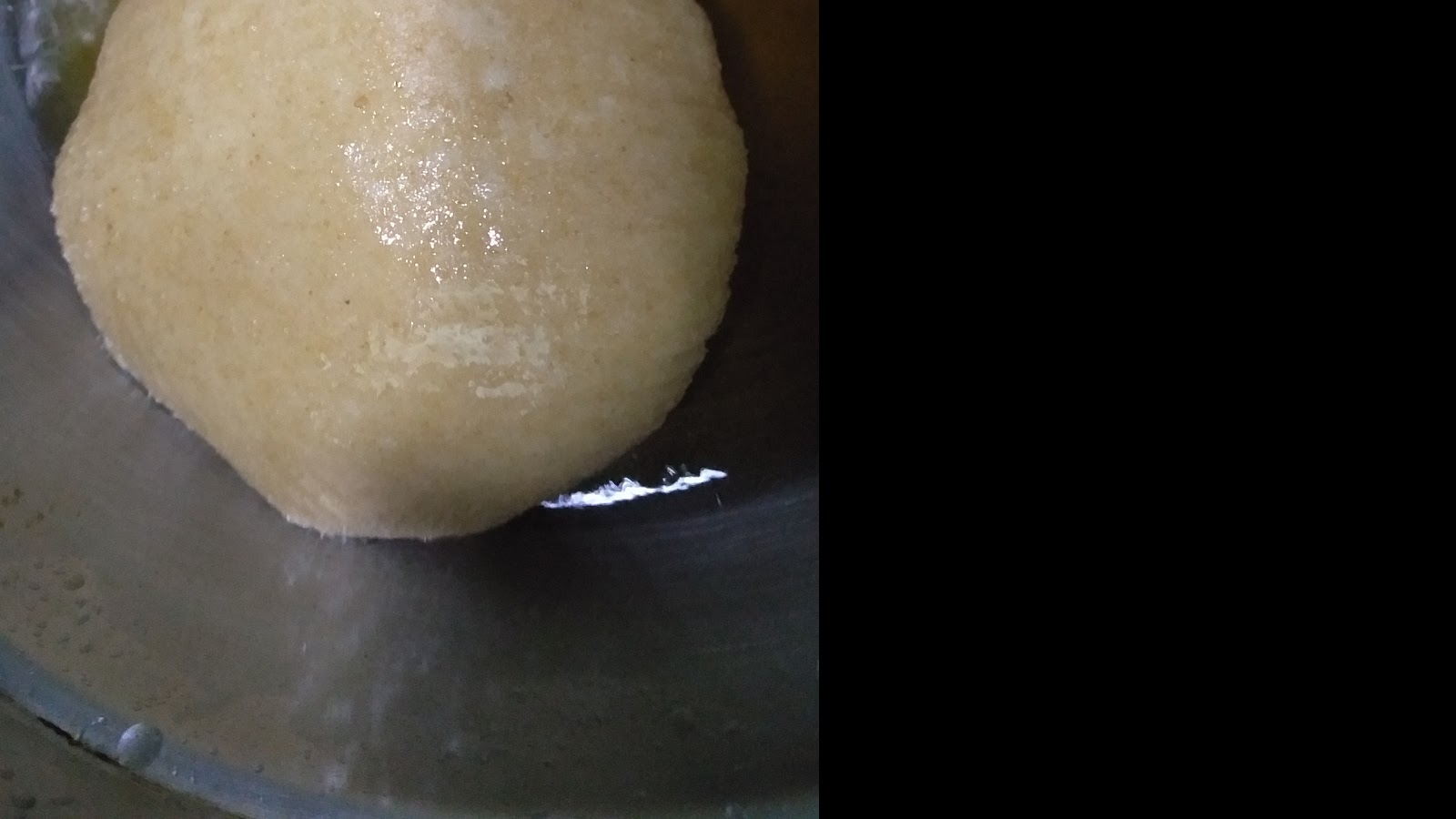
12
Serve the poori to Swamiji as naivedyam.
